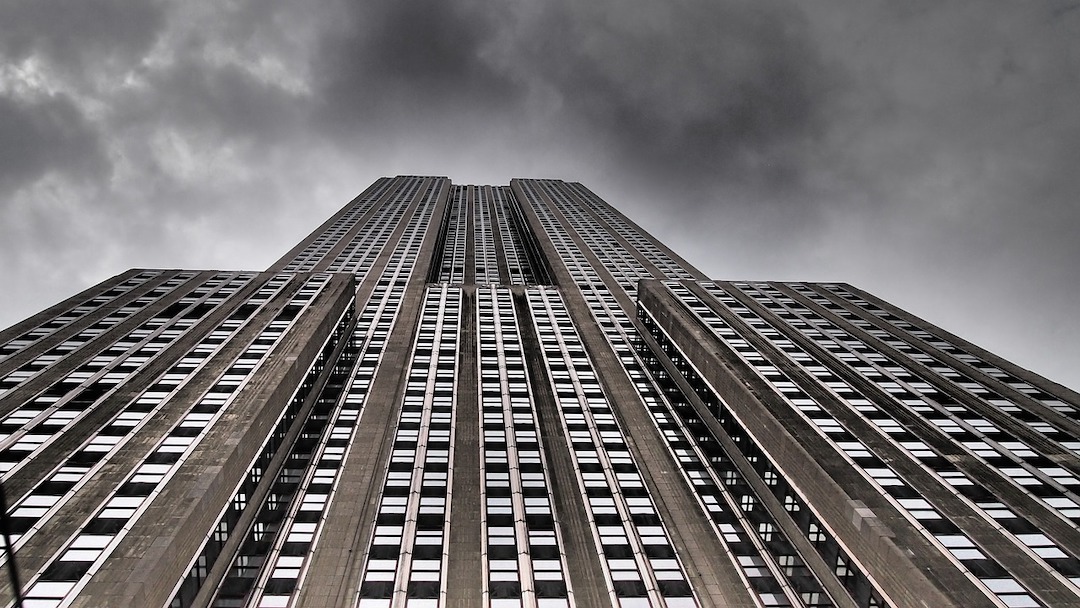A new engineering guide, “Fire Safety for Very Tall Buildings,” is now available.
Topics featured include emergency egress, fire resistance, building envelope, suppression, detection, alarms, and smoke control, with new guidance on considerations for existing buildings, energy storage systems, aerial vehicle platforms, and unique building features such as observation decks and fireworks displays. Performance-based design and international practices are also included.
The guide is a product of The Society of Fire Protection Engineers (SFPE), The International Code Council (ICC), and Springer, a global scientific and technical publisher.
“We know that very tall buildings impose unique fire protection challenges and require new engineering solutions above and beyond traditional methods,” said Nicole Boston, CAE, Chief Executive Officer, Society of Fire Protection Engineers, in a news release. “This engineering guide provides fire safety engineers and fire protection professionals with specific and necessary engineering principles to overcome the challenges of fire and to protect very tall buildings, their occupants, and first responders.”
Related Stories
| Apr 13, 2012
Federal court reduces statute of limitations for OSHA action on record-keeping violations
The U.S. Court of Appeals for the D.C. Circuit sharply curtailed the period of time that companies can be cited for Occupational Safety and Health reporting violations, reversing the decision of an administrative panel and longstanding agency precedent.
| Apr 13, 2012
CSI webinar: Green Construction Codes Are Here -- Now What?
This seminar will trace the origins of green codes, how they compare and differ from the rating systems that have been used, and examine some of their main features.
| Apr 5, 2012
Retailers, banks among most affected by new ADA rules
On March 15, the most significant changes to the Americans with Disabilities Act (ADA) since it became law in 1991 went into effect.
| Apr 5, 2012
Florida ranks first in hurricane building codes and enforcement
Florida ranks highest among 18 hurricane-region states for building codes and their enforcement, according to the Insurance Institute for Business & Home Safety.
| Apr 5, 2012
New IgCC green building code is a ‘game changer,’ AIA official says
An AIA official calls the new International Green Construction Code (IgCC) a “game changer” for sustainable construction.
| Apr 5, 2012
Model energy codes add thousands to cost of new apartment construction, study says
New energy codes could add thousands of dollars to the construction costs of each individual apartment residence in a multifamily building, according to new research commissioned by the National Multi-Housing Council and the National Apartment Association.
| Apr 5, 2012
LEED 2012 will include new requirements for data centers
The U.S. Green Building Council’s updated LEED 2012 standards will require two systems to be modeled for each project in order to show power utilization effectiveness.
| Mar 30, 2012
CSI webinar: Durable & energy efficient building envelope design, April 24
This seminar will review recent changes in North America energy codes, examples of building enclosure wall assemblies being considered for code compliance, potential moisture management and durability challenges, and design tools that could be used to assess and minimize potential problems.















